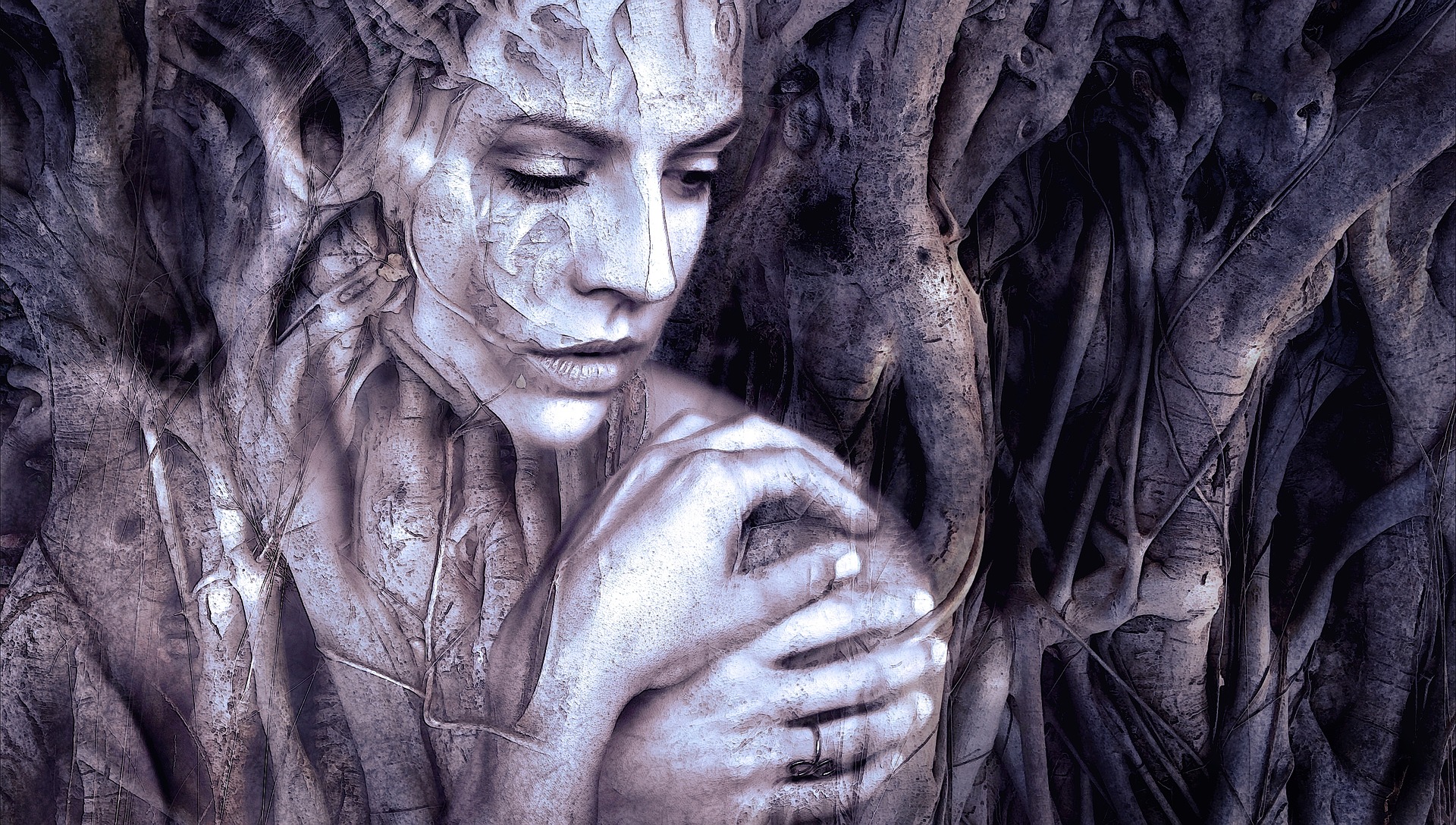Context: The poems of Emily Dickinson were unpublished until her death. She was a person who chose to stay in complete solitude, and not meet people even from her family. She has written poems to her sister-in-law and father as letters describing her days and things that leave her mesmerised. Her letters would be the only mean of communication between her and the members of her family. Her pomes were always without a title. While giving this particular poem for publication, a title “The Sea” was chosen. However, this title did not seem appropriate in front of the beautiful poem, and it was decided that the first line of her poems would be kept as the title for all her poems.
Rhyme Scheme and Style: There are no such rhyme schemes that have been followed in this poem, except for end rhymes. For example, line 2 ends with the word “Sea” and line 4 ends with the word “me”, line 6 ends with the word “Hands” and line 8 ends with the word “Sands”, line 10 ends with the word “Shoe” and line 12 ends with the word “too”, line 14 ends with the word “Dew” and line 16 ends with the word “too”, and line 22 ends with the word “know” and 24 ends with the word “withdrew”.
Along with the rhyme schemes, there are important things about the style and structure of the poem, which helps us to read the poem and understand the meaning of the poem better, and the expression of the poet. For example, the poem is full of dashes, which denotes to the places where the poet wants the reader to pause. With these pauses, the poem becomes beautiful, and one could feel the emotion of the speaker. The pauses in the poem bring about a flow in the poem, and a beauty which would lack in the absence of them. There are number of words in the poem, which are in upper casing, where the poet wants us to thrust on the meaning of the words. Like:
And bowing—with a Mighty look—
At me—The Sea withdrew—
Another important point to notice about this poem is that in many places, some words in the lines of the poem start with upper-case, where the poet wants us to put emphasis on the meaning of the poem. For instance, the words like “Mighty” and “Sea have upper casing, which means that the reader has to give more emphasis on these words and the context of these words in the poem.
Theme: Emily Dickinson writes poems that are personification of elements of nature, where she gives human expressions and images to the elements of nature. This poem shows her imagination and deep affection with the sea, and also a sense of mesmerisation by the power of nature, and how she connects with them. There is also a sense of solitude and melancholy that one can draw from the poem.
Deep Meaning: She has used brilliant imagery in this poem to describe the experience with sea waves, and the sensuality of the moment. In all her poems, she tries to draw a connection with nature and herself. This poem could have triple interpretations, the first two being simple and metaphorical; the first one could be that Dickinson is walking her dog in a sea shore, and had a pleasant experience with the sea, drawing from the first lines “I started Early—Took my Dog—
And visited the Sea”. She had used metaphors to give a strong and masculine image to the sea. The second one could be that the sea is here mere imagery and metaphor for the basement of her house, as she had walked her dog in the premises of her front yard. She could have used the imagery and metaphor of the basement as the base of the sea. For example, “The Mermaids in the Basement Came out to look at me”. The third one is quite complex and brilliant, which is unnoticed by the readers who do not have knowledge of mythical Gods and the constellations in the sky. This makes the poem highly metaphorical. Some experts believe that this could be a story of the Orion constellation and the Canis Major constellation. The myth is that these two constellations, which are next to each other in the sky, are actually a man and his dog on the path to the heaven. The inclusion of the dog in the poem further supports the possibility of the interpretation.
Some online learning platforms provide certifications, while others are designed to simply grow your skills in your personal and professional life. Including Masterclass and Coursera, here are our recommendations for the best online learning platforms you can sign up for today.
The 7 Best Online Learning Platforms of 2022
- Best Overall: Coursera
- Best for Niche Topics: Udemy
- Best for Creative Fields: Skillshare
- Best for Celebrity Lessons: MasterClass
- Best for STEM: EdX
- Best for Career Building: Udacity
- Best for Data Learning: Pluralsight















